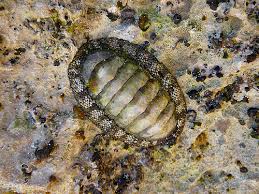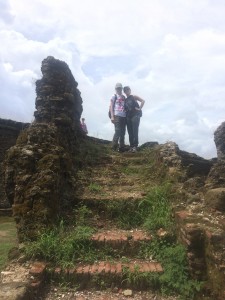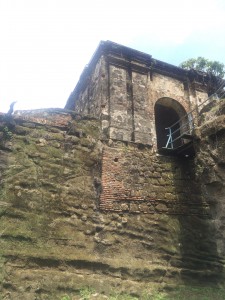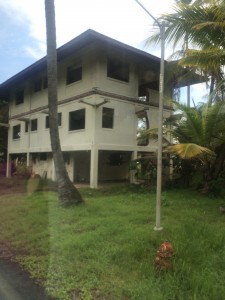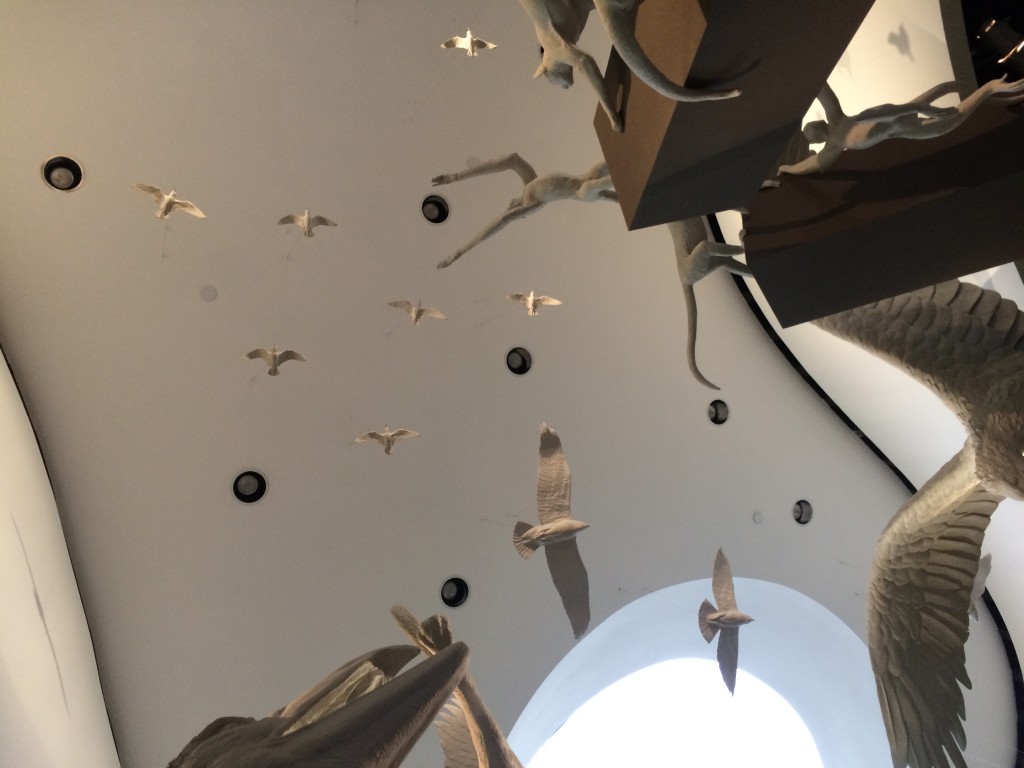As part of our curriculum for our trip to Panama, we were all asked to design and conduct a research project of our choice. We split into groups of three and were provided some basic equipment to help us along the way. To make thing even easier, we were literally in the jungle- where everything is fascinating and you can’t shake a stick without hitting a potential research proposal. Easy, right? Of course! At least that’s what I thought when we were walking to the field to set our first pitfall traps. Our group initially wanted to test the biodiversity of small reptiles in different types of ground cover. We figured that after a few days of setting small pitfall traps and catching hundreds of lizards we’d be swimming in data and could rest easy for the second week. Nope! In three locations, we successfully caught a single beetle. And it really wasn’t even that cool of a beetle. So we tried again, modifying the traps to be deeper and setting our sights on insects, rather than lizards. We had the same intentions- to test biodiversity of insects in different types of ground cover. Insects are all over the ground and certainly wouldn’t be able to escape our precisely designed, new-and-improved traps. I skipped to our test site with visions of correlating data and supported hypotheses dancing though my head. I was sure that we’d have more than enough insects to develop a sophisticated project and contribute new groundbreaking knowledge to the scientific community. So you can imagine my disappointment when we collected an ant, a dead daddylongleg, and another beetle. Now I was starting to get nervous. When it comes to assignments, I start to get a little frazzled if things don’t go according to the plan laid out in my head. And things certainly weren’t going according to plan.
This non-linear, unpredictable and sometimes non-sensical process we call research is much more complex than I had realized. And although I was initially bummed that our ideas just weren’t working out, I took away some good lessons from the experience. You need to not take it too personally when your idea goes belly up before your eyes. Some of the greatest discoveries, scientific and otherwise, have only been made after countless failed attempts and even years of struggling. A failed experiment doesn’t mean you’re stupid or that you shouldn’t be doing research. It means that what you tried simply didn’t work, and that you need to adjust and try again. So that’s what we did. We ended up examining whether or not there was any correlation between the height of red-eyed tree frog egg clutches (from clutch to water surface) and the number of eggs in the clutch. We had access to 24 clutches near the place we were staying, so at least this time around we were able to collect some data. I have loved red-eyed tree frogs since I was a kid (they’re still painted on my bedroom wall at home) so I was eager to do a project involving them. We spent hours stomping around the pond, getting bombarded by mosquitos and taking measurements. So after several failures, revisions, tick bites, and overhauls, would we finally get the results we were hoping for? Eh, kindof. Our hypothesis was not supported, and there was really no discernible correlation in our data. But a week and a half later, my group and I had completed a project. A small project that was put together by a bunch of science rookies, but a project nonetheless.
As my love of science grows, I look forward to conducting research of my own in the future. And when I do, I will look back to my maiden voyage of research here in Panama and remember what I learned. In addition to a proposal, coffee, and equipment, you need a lot of patience to conduct research. You need motivation, and you should be excited (or at least interested!) to be learning more about your subject of interest. You need to be able to roll with the changes as they arise, and from what others have told me, they most likely will. This week I have seen incredible research projects by some of the brightest minds in science, with topics ranging from ants to bats to trees and everything in between. They asked a question, pursued it, and after years of hard work, got an answer. Maybe it wasn’t the answer they were expecting or wanted. Maybe it was. Either way, a contribution to science was made because these individuals didn’t give up when things got hard. Wherever my career in science takes me, I will look back fondly on my first attempt in at research and what I learned from it.

